How to Make a Cover Letter Template
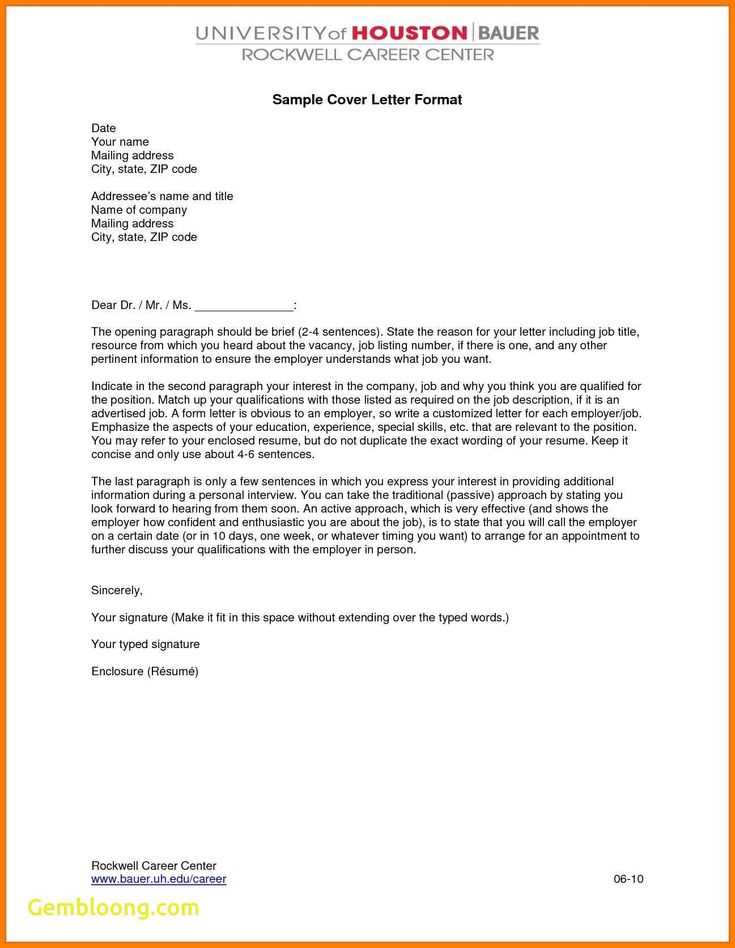
When applying for a job, a well-crafted introduction can significantly impact your chances of making a lasting impression. A strong introductory document serves as a powerful tool to showcase your qualifications and demonstrate your interest in the position. By preparing a customized approach, you can highlight your strengths and make your application stand out from the competition.
Personalization plays a crucial role in the process. Tailoring your content to each opportunity helps you align your skills with the employer’s needs. A thoughtful and well-organized introduction can capture attention quickly and provide a clear narrative of your professional background.
With the right structure and attention to detail, crafting an engaging opening document becomes easier and more effective. The key is to strike a balance between formality and personality, ensuring your unique qualities shine through while maintaining a professional tone.
Understanding the Importance of a Cover Letter
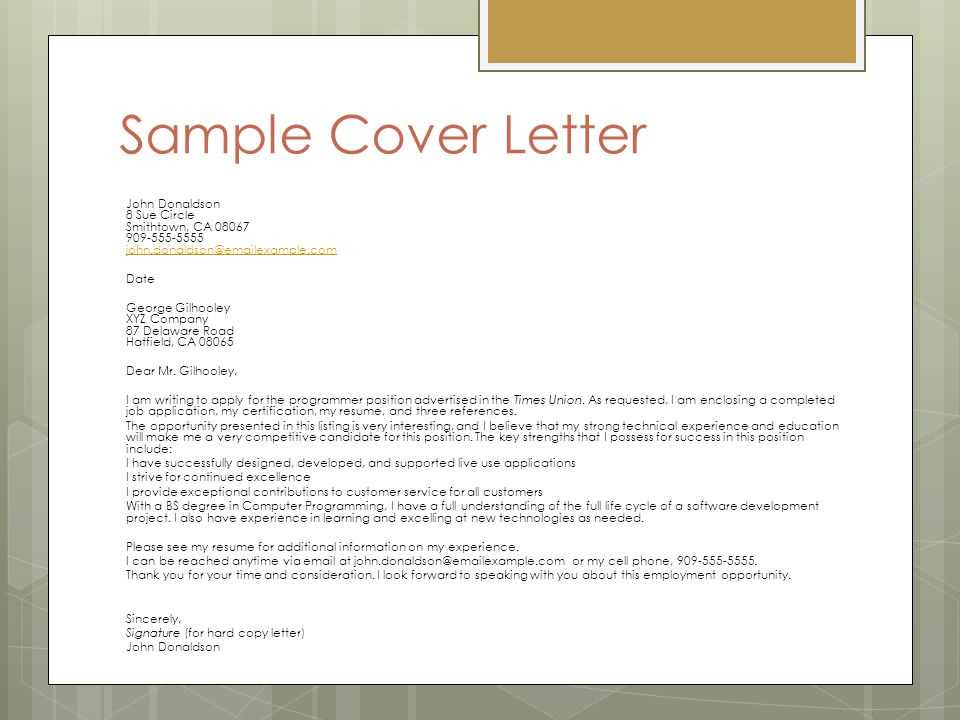
Submitting an introductory document alongside your resume is a vital part of the job application process. This written communication allows you to provide a deeper insight into who you are, beyond your qualifications and experience listed in your CV. It’s your chance to personally connect with the employer and explain why you’re the ideal fit for the role.
Here are some key reasons why this document is crucial:
- Highlights Your Motivation: It shows your enthusiasm for the position and the company, offering a glimpse of your passion.
- Demonstrates Your Writing Skills: A well-written message reflects your ability to communicate effectively, an important skill in many job roles.
- Provides Context for Your Resume: You can explain gaps in your career, changes in direction, or how specific skills relate to the job.
- Sets You Apart: With competition in the job market, a strong introductory note can be the factor that differentiates you from other candidates.
Ultimately, it serves as an essential part of your personal branding. Crafting a thoughtful and tailored document not only strengthens your application but can make a lasting impression on hiring managers.
Choosing the Right Format for Your Letter
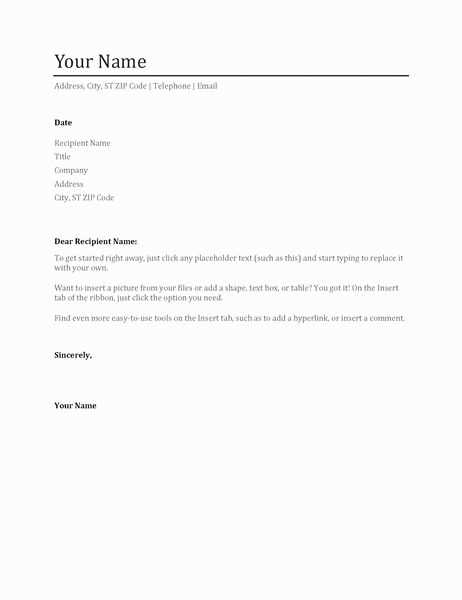
When creating an introductory document for a job application, the format you choose plays a crucial role in how your message is perceived. A well-structured layout can help ensure that your content is clear, easy to read, and professional. Selecting the right format involves understanding the expectations of hiring managers and tailoring your approach accordingly.
Here are a few popular formats to consider:
- Block Format: All text is aligned to the left, with no indentation. It’s the most commonly used format and ensures a clean, professional appearance.
- Modified Block Format: Similar to the block format, but the date, closing, and signature are aligned to the right. This provides a more personalized, yet still professional, style.
- Traditional Format: Often used in formal business settings, this format features more elaborate margins and alignment styles. It can convey a more classic, formal tone.
When choosing a format, ensure that the style matches the company culture and industry you’re applying to. For more creative roles, you might opt for a slightly less formal structure, while for traditional industries, it’s best to stick with a more structured and formal layout.
Key Elements to Include in Your Template
When creating an introduction document for a job application, it’s important to ensure that all the necessary details are included in a clear and structured manner. Each section should be designed to highlight your qualifications and enthusiasm while maintaining a professional tone. Here are the essential components that should be part of any well-crafted document.
| Element | Description |
|---|---|
| Contact Information | Your name, address, phone number, and email at the top of the document to make it easy for the employer to reach you. |
| Salutation | A respectful greeting, ideally addressed to a specific person if possible, to personalize the message. |
| Introduction | A brief opening statement that explains why you’re applying and how you learned about the job. |
| Body | Details about your qualifications, skills, and why you’re a good fit for the role, tailored to the specific job requirements. |
| Conclusion | A closing statement expressing your interest in an interview and appreciation for the opportunity to apply. |
| Sign-off | A professional closing, followed by your name and any relevant attachments. |
By including all of these elements, you can create a comprehensive and engaging application document that effectively communicates your suitability for the position.
Personalizing Your Cover Letter Template
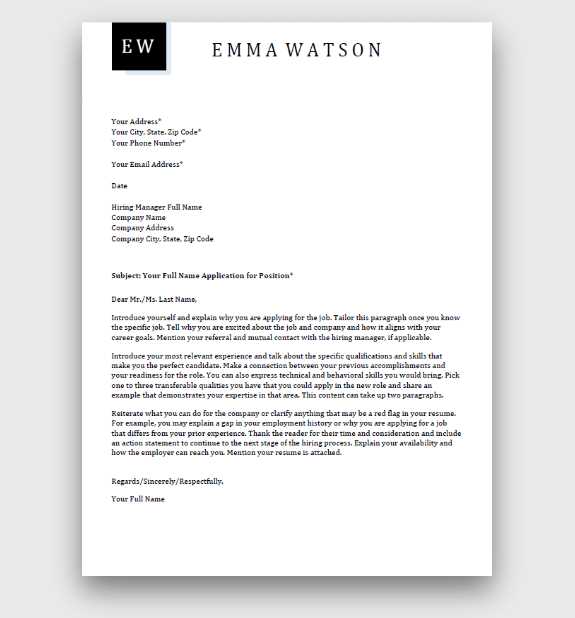
To truly stand out in a competitive job market, it’s essential to customize your introductory document for each opportunity. Personalizing your approach shows potential employers that you’ve taken the time to understand the role and the company. It also allows you to align your skills and experience with the specific needs of the position, making your application more compelling.
Start by addressing the hiring manager by name whenever possible. Avoid generic greetings like “To whom it may concern.” Research the company and incorporate relevant details about its culture, values, or recent achievements to demonstrate your interest. Tailor the body of the message to reflect how your unique skills and experience match the job description, highlighting what you can bring to the role and why you’re excited about the opportunity.
By investing time in personalizing your application, you can create a memorable first impression and increase your chances of securing an interview.
Common Mistakes to Avoid in Cover Letters
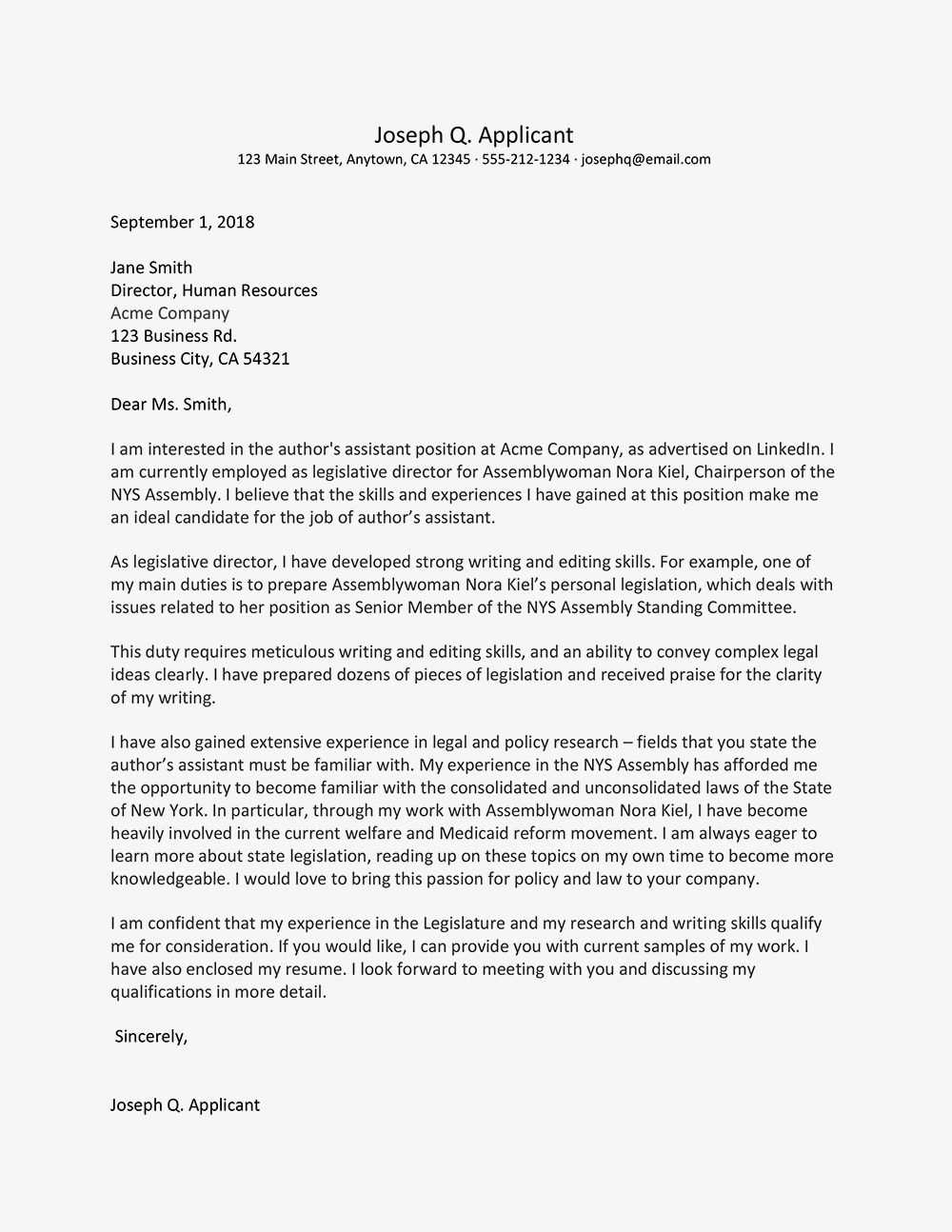
When crafting an introductory document for a job application, it’s easy to overlook details that can make a significant difference in how your message is perceived. Common errors can detract from the impact of your communication and reduce your chances of making a strong impression. Being aware of these pitfalls and avoiding them will help ensure that your document stands out for the right reasons.
Overusing Generic Phrases
One of the most frequent mistakes is relying too heavily on generic or overused language. Phrases like “I am a hard worker” or “I am passionate about this position” can come across as insincere if they aren’t backed up by specific examples. Instead, focus on demonstrating your skills with concrete accomplishments and detailed explanations that are tailored to the specific role you’re applying for.
Neglecting to Tailor the Content
Another common error is submitting a generic message for multiple job applications. A one-size-fits-all approach is less effective than customizing your document for each position. Take the time to address the unique requirements of each role and company, showing that you’ve done your research and are genuinely interested in the opportunity.
By avoiding these mistakes, you can create a more powerful and personalized document that better communicates your qualifications and enthusiasm for the position.
Tips for Making Your Template Stand Out
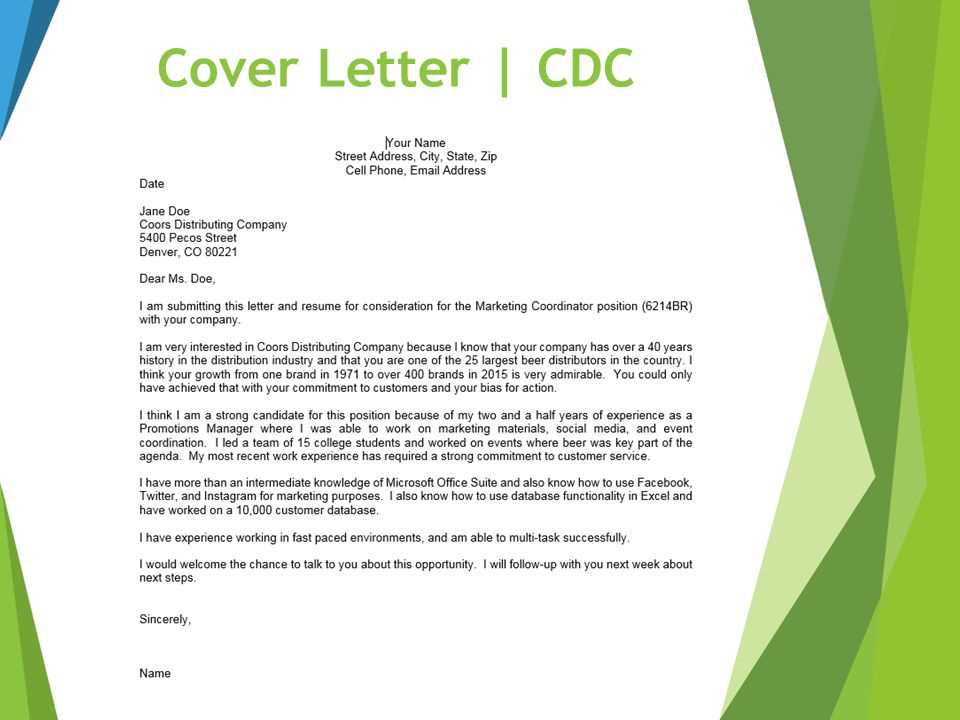
In a competitive job market, it’s essential to create an introduction document that captures attention and highlights your qualifications effectively. To stand out from other candidates, you must ensure that your communication not only reflects your skills but also conveys your enthusiasm and fit for the position. Here are some practical tips to help you create a distinctive and impactful application.
Be Specific About Your Achievements: Rather than simply listing responsibilities from previous jobs, focus on key accomplishments that demonstrate your success in areas relevant to the role. Quantify your achievements wherever possible, as numbers often speak louder than words.
Show Personality While Maintaining Professionalism: Don’t be afraid to let your personality shine through. A bit of warmth and authenticity can make your document memorable, but always keep the tone professional and respectful to ensure you strike the right balance.
Use Clear and Concise Language: Avoid using complex jargon or lengthy sentences. Instead, focus on being clear and to the point, ensuring that your message is easily digestible for the reader. Simplicity can often be more effective in communicating your strengths.
By implementing these strategies, you can create an introduction document that not only stands out but also leaves a lasting impression on hiring managers.